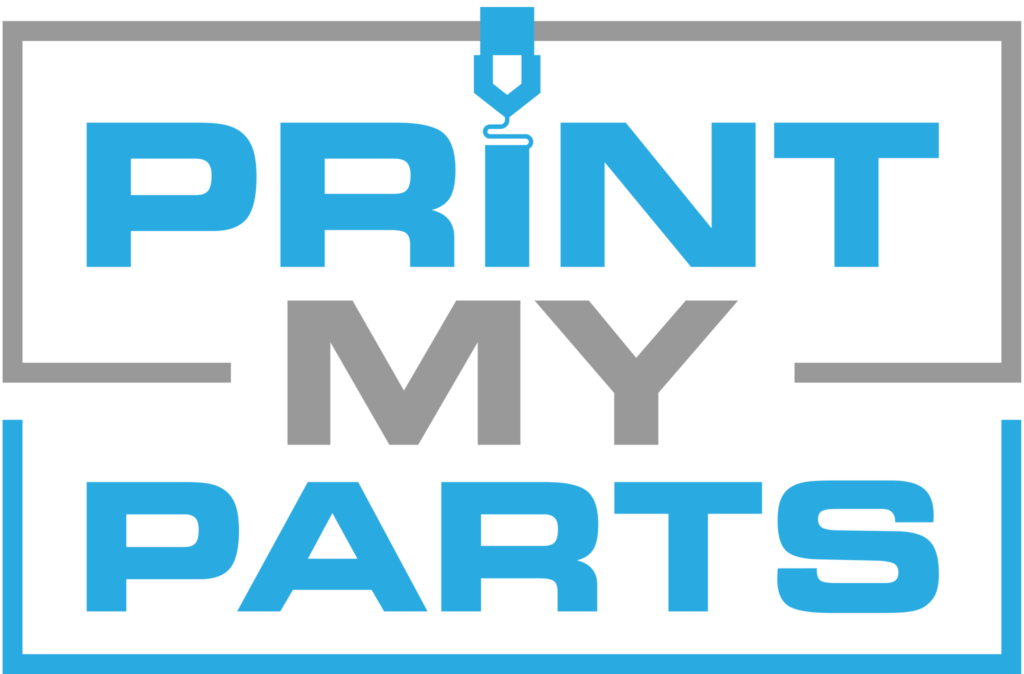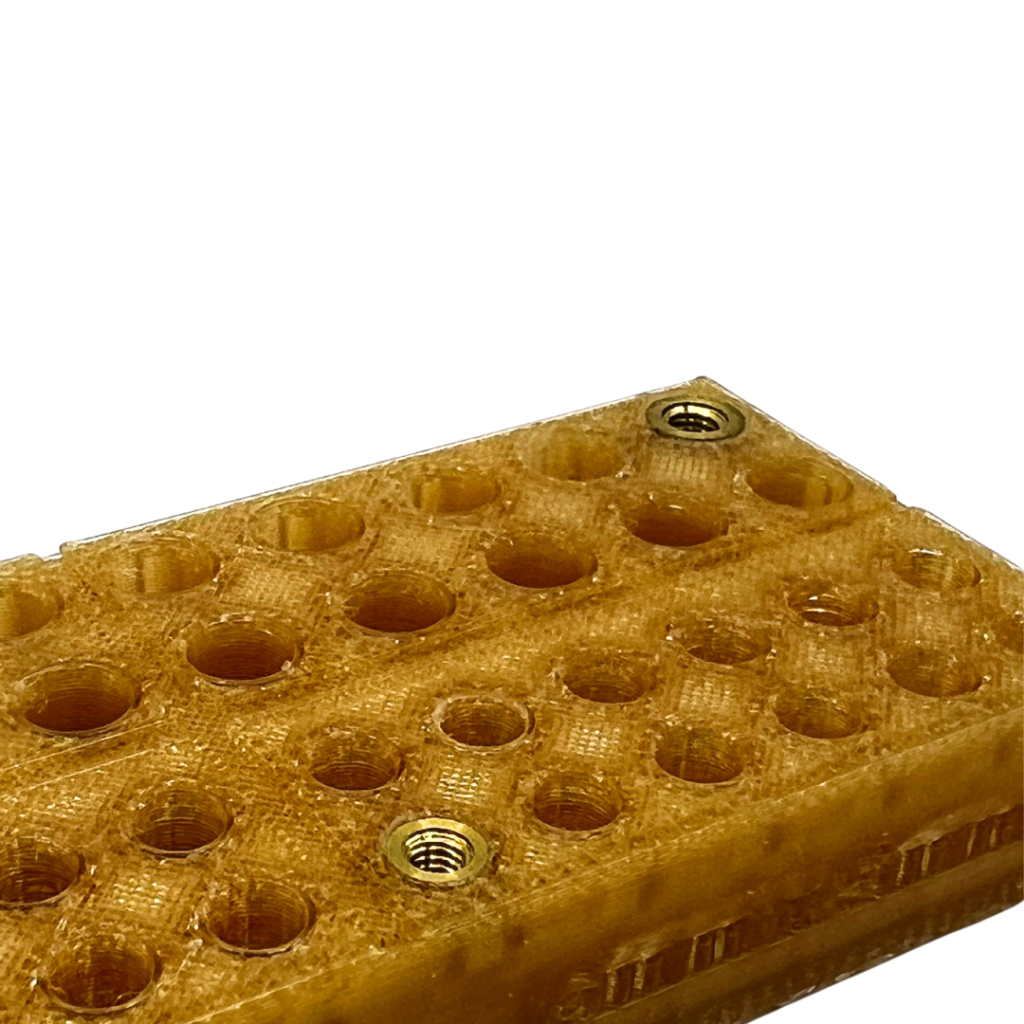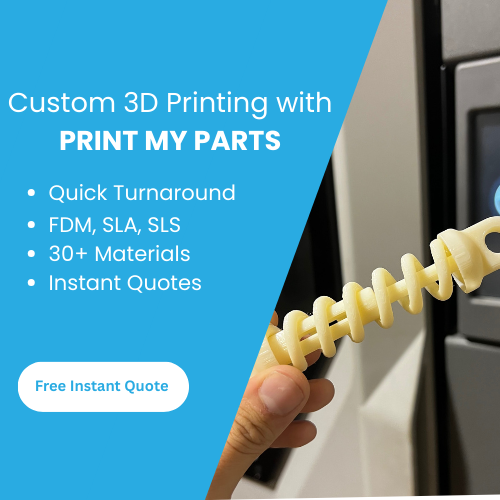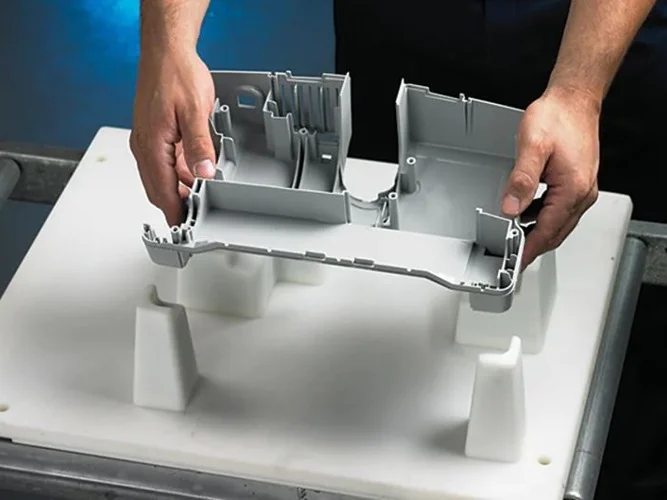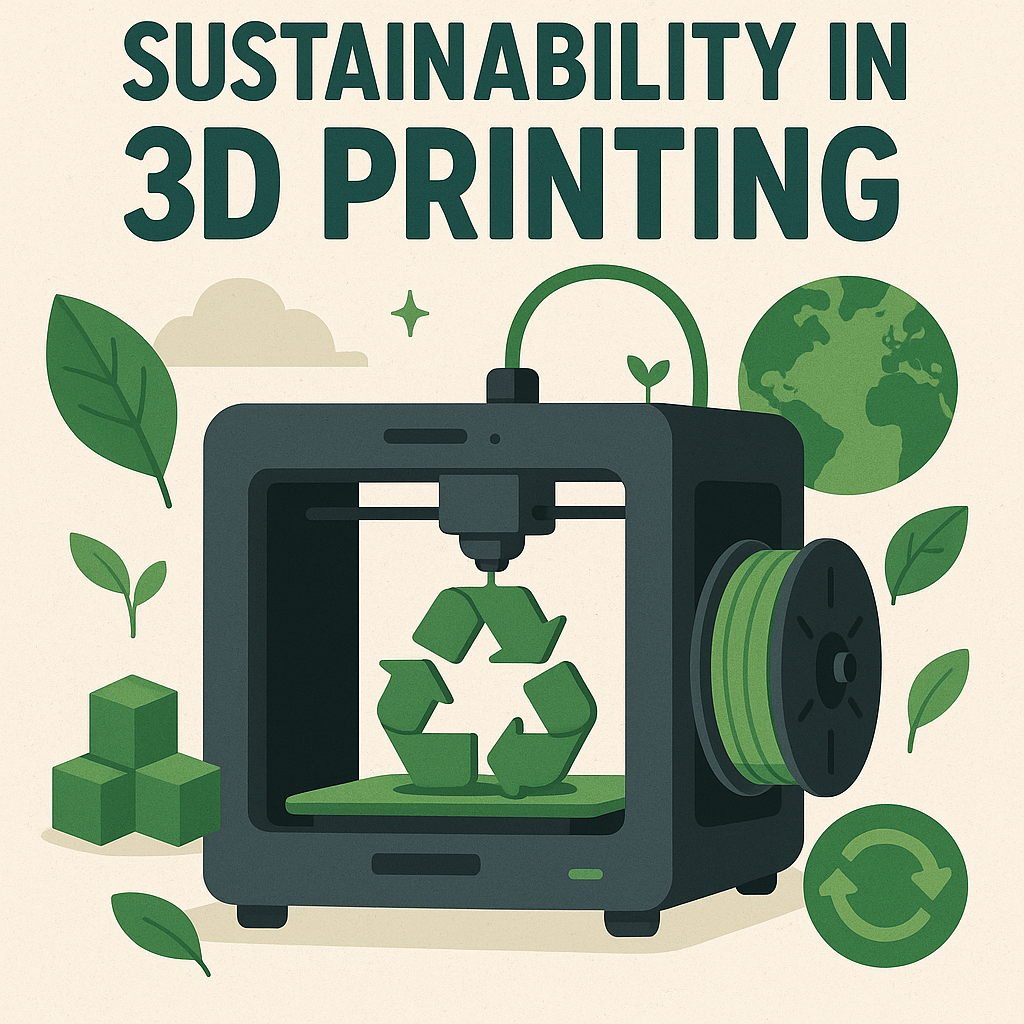A Complete Guide to Adding Threads to Your 3D Printed parts
3D printing has revolutionized how we approach part manufacturing, offering incredible design flexibility and efficiency. However, incorporating functional elements like threaded holes and shafts can be challenging. Threads play a crucial role in mechanical assemblies, allowing us to secure parts together using fasteners like bolts and screws. In this guide, we’ll explore the best ways to add threads to your 3D printed parts, ensuring strength, durability, and precision.
1. The Importance of Threads in 3D Printed Parts
Threads allow us to join components in various mechanical assemblies, providing a strong, reusable fastening solution. Adding threads to 3D printed parts can elevate your designs, making them functional for real-world applications such as machine parts, tools, and enclosures. However, not all 3D printing processes are suited for producing precise and durable threads. This guide will cover multiple techniques, each with its pros and cons, so you can choose the best method depending on the material, load requirements, and project specifications.
2. Method 1: Using Threaded Inserts for Strong Connections
One of the most reliable ways to add threads to your 3D printed part is by using threaded inserts. These are metal components that you press into a hole in your printed part, providing a strong, heat-resistant thread.
How to Add Threaded Inserts:
- Design the Hole: In your CAD software, design a hole slightly smaller than the diameter of the insert. The exact size will depend on the type of insert you’re using, but generally, the hole should be 0.1mm to 0.2mm smaller than the insert’s outer diameter to allow a snug fit.
- Printing: After printing the part, make sure the hole is clean and smooth. You may need to sand or lightly drill it to the exact size.
- Inserting: You can insert threaded inserts using heat or pressure. Heat-set inserts are the most common for 3D prints. Heat the insert with a soldering iron and press it into the hole. The plastic will soften, allowing the insert to embed itself securely. Once the plastic cools, the insert will be firmly anchored.
Using threaded inserts results in durable threads that can handle high loads, making this method ideal for functional parts that need repeated assembly and disassembly.
3. Method 2: 3D Printing Internal Threads Directly
If you prefer not to use metal inserts, you can 3D print the threads directly into your part. This approach is best suited for large threads or for parts that won’t experience heavy loads.
Tips for 3D Printing Threads:
- Use Larger Threads: Smaller threads are difficult to print accurately and tend to break easily. Aim for a thread pitch that is larger, as these are more forgiving in terms of print precision.
- Optimize the Design: Most CAD programs can generate threads automatically. Be sure to model the thread slightly larger than normal to compensate for the potential shrinking of the plastic as it cools.
- Printing Orientation: For the best results, print the threads vertically, with the screw axis aligned along the z-axis. This ensures that the printer layers follow the contour of the threads, improving the surface quality and strength.
While printing threads directly can be time-saving and allows for seamless design integration, it’s generally not recommended for high-stress applications due to the material limitations of 3D printed plastics.
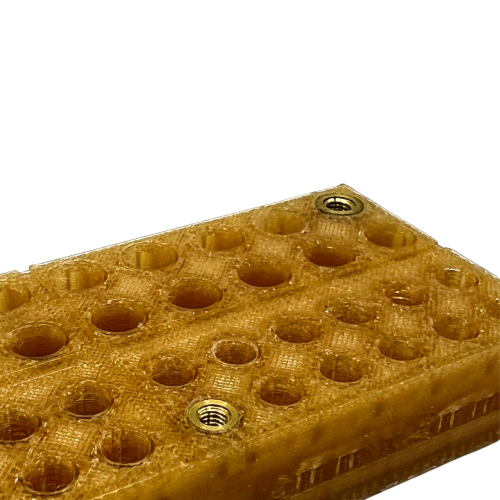
4. Method 3: Post-Processing Threads with Taps and Dies
For those who need precision and durability but want to avoid threaded inserts, post-processing your 3D printed part using taps (for internal threads) and dies (for external threads) is an effective option.
Steps for Using Taps and Dies:
- Design Considerations: In your CAD model, design the hole slightly smaller than the final size of the thread. For example, if you need an M6 thread, design the hole at around 5mm in diameter.
- Tapping Process: Once your part is printed, clean out the hole and then use a hand tap to manually cut the threads. This process creates accurate threads in your printed part, ensuring a solid connection.
- Using Dies for External Threads: If your part requires external threads (e.g., for a screw), you can use a die to manually cut the threads after printing. Simply rotate the die around the shaft of the part, cutting the threads into the plastic.
This method is highly precise and offers flexibility, but it requires manual effort and can be tricky with very fine or delicate threads. However, tapping ensures durable, functional threads even in 3D printed parts.
5. Tips for Ensuring Durable and Precise Threaded Parts
Regardless of the method you choose, here are a few tips to ensure your threads are strong and functional:
- Material Selection: Not all filaments are created equal. PLA is easier to print but tends to be brittle. For stronger threads, use materials like ABS, PETG, or Nylon.
- Wall Thickness: Ensure your part’s walls are thick enough to support the threads, especially for internal threads or inserts. A thin wall could crack under load.
- Layer Height: Use a finer layer height for more detailed threads, which will improve surface quality and reduce the risk of stripped threads.
- Thread Fit: Always test the fit of your threads before relying on them for important assemblies. Minor adjustments, like sanding or resizing, may be necessary.
Conclusion
Adding threads to 3D printed parts is essential for creating functional, mechanical assemblies. Whether you choose to use threaded inserts, print the threads directly, or post-process with taps and dies, each method has its advantages. Consider the strength requirements, material properties, and ease of assembly when selecting the appropriate method for your project. With these techniques, you’ll be able to create robust, threaded parts that are ready for real-world use.

